October 07 to 29, 2017
SARGASSO MISSION 2017 – ATLANTIQUE
- Caribbean, High Seas, Sargassum, Sciences
The “Sargasses” mission, carried out on the ship Yersin between Mindelo, Cabo Verde, and Fort-de-France, Martinique, was part of a program led by the Institut Méditerranéen d’Océanologie de Marseille (MIO).
It followed on from the “Sargasses Caraïbes” campaign, previously carried out in June – July 2017 and designed to study algal blooms in the tropical western Atlantic.
The aim of this new mission: to complete the observations and measurements made during the first campaign between French Guiana and the Sargasso Sea, by sampling for the first time on a transatlantic route.
Objectives
The “Sargasso” mission aimed to :
- Complementary sargassum sampling for :
- Complete phylogeny and population genetics studies,
- Measure contaminant levels,
- Study bacterial communities associated with fish.
- Deep-sea pelagic dives to learn more about the ecological role of the Sargasso rafts that have recently appeared in this part of the Atlantic Ocean.
- Comparison of measurements at sea and satellite images to refine methods for interpreting satellite images to locate sargassum and predict its movement.
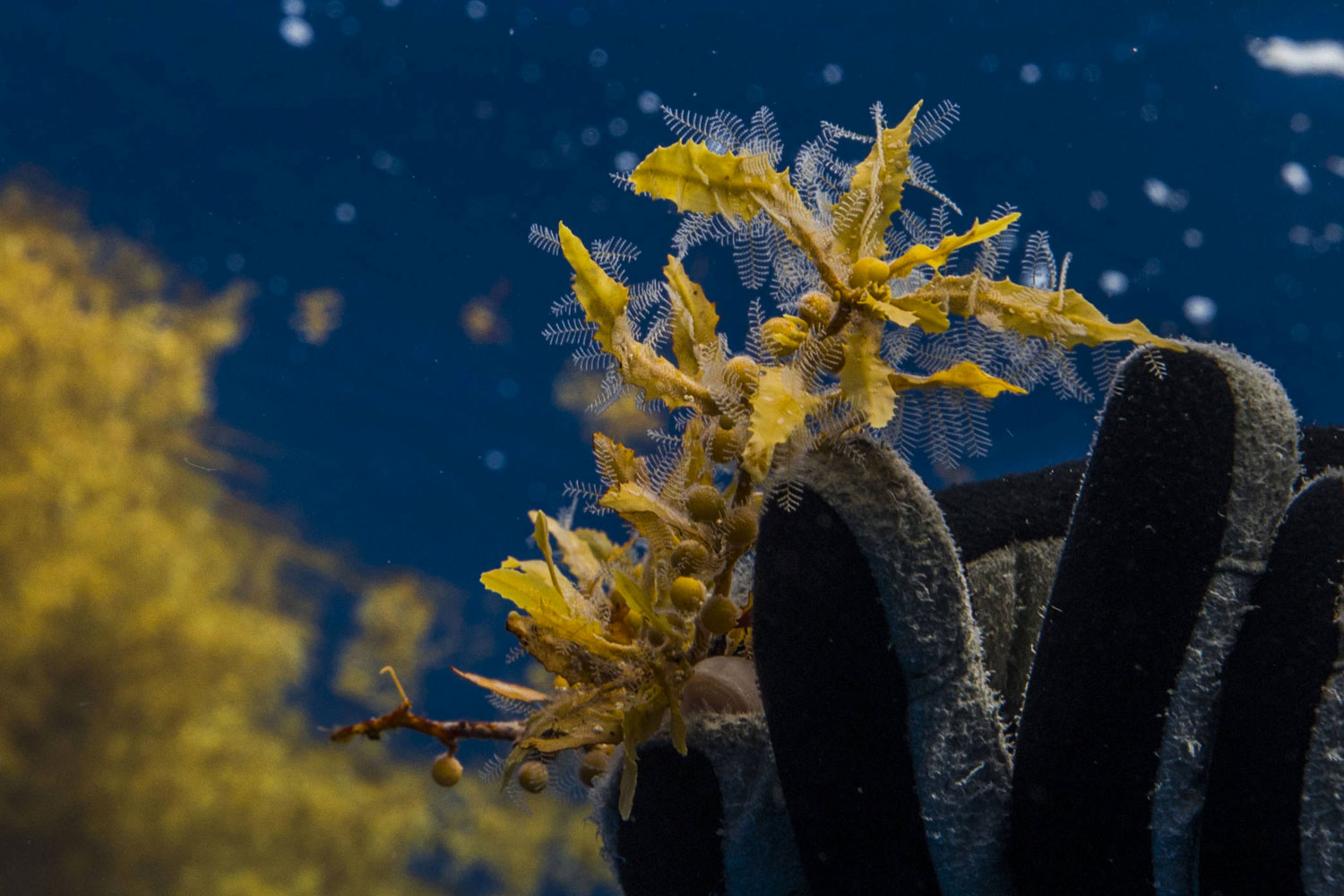
What is sargassum?
Sargassum is brown seaweed of the genus Sargassum.
Only two species, Sargassum natans and Sargassum fluitans, live in the open sea, with a strictly pelagic cycle.
They float on the surface, forming vast, scattered expanses known as rafts.
They are ecosystems in their own right, home to numerous living species, from bacteria to fish.
There are a further 350 species of benthic sargassum, which live attached to the seabed in coastal areas.
They are found in many parts of the world.
Worrying proliferations
Sargassum is proliferating in the tropical Atlantic, causing unprecedented mass strandings on the islands of the French West Indies and African coasts since 2011.
These coastal accumulations are causing major health, ecological and economic problems.
The hydrogen sulfide resulting from their decomposition is a highly oxidizing gas, toxic to humans.
In small quantities, these algae are beneficial to biodiversity, but not when they proliferate.
For all these reasons and more, it’s obviously urgent and important to find out why sargassum is multiplying at such an alarming rate.
The transatlantic mission: a rare opportunity
Sargassum rafts on the high seas constitute an ecosystem in their own right, and scientists are seeking to understand not only why they grow and proliferate, but also what effects they have on the high seas.
Given the small number and cost of suitably equipped vessels, expeditions like the one led by Explorations de Monaco on this transatlantic crossing are rare opportunities to collect samples on the high seas.
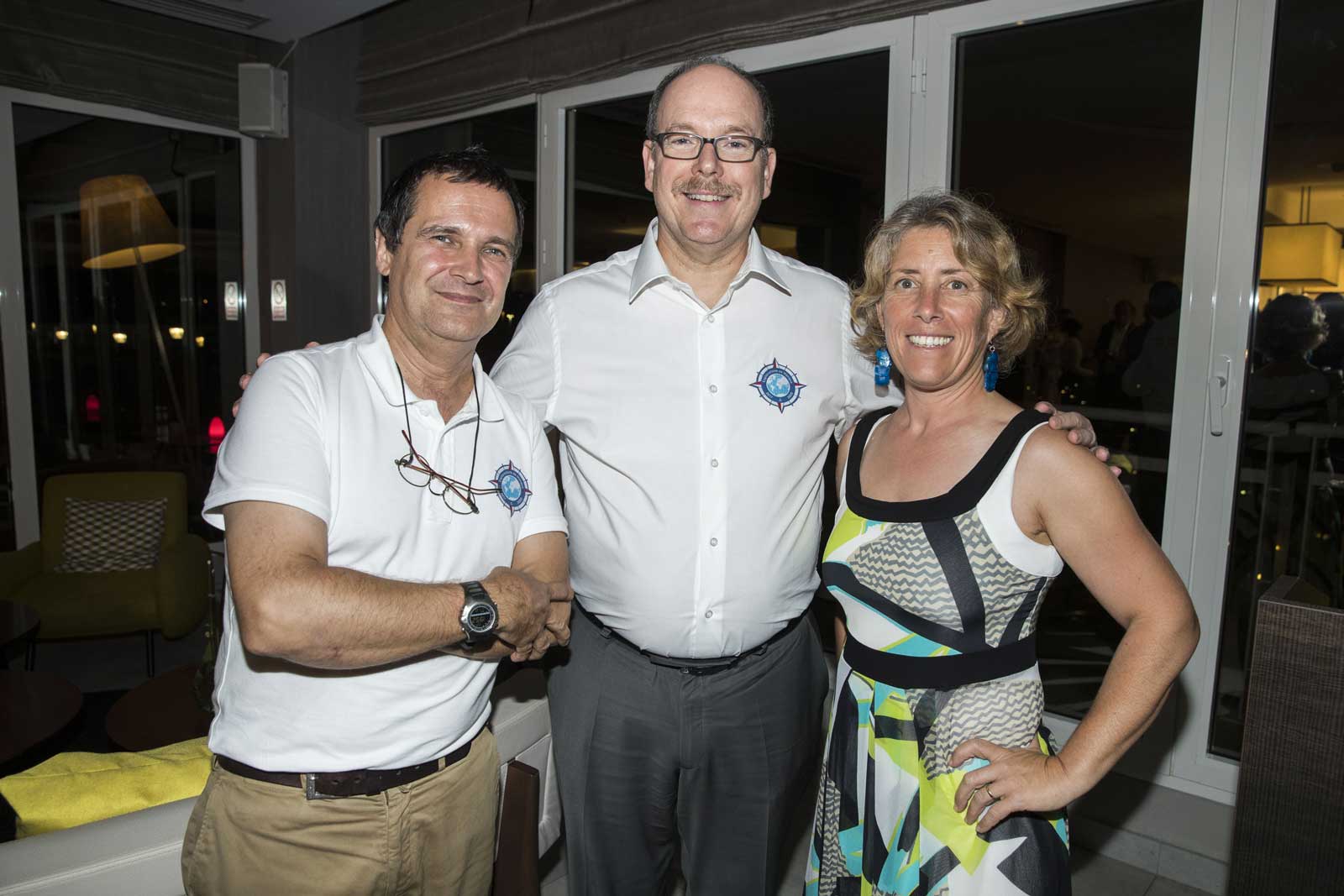
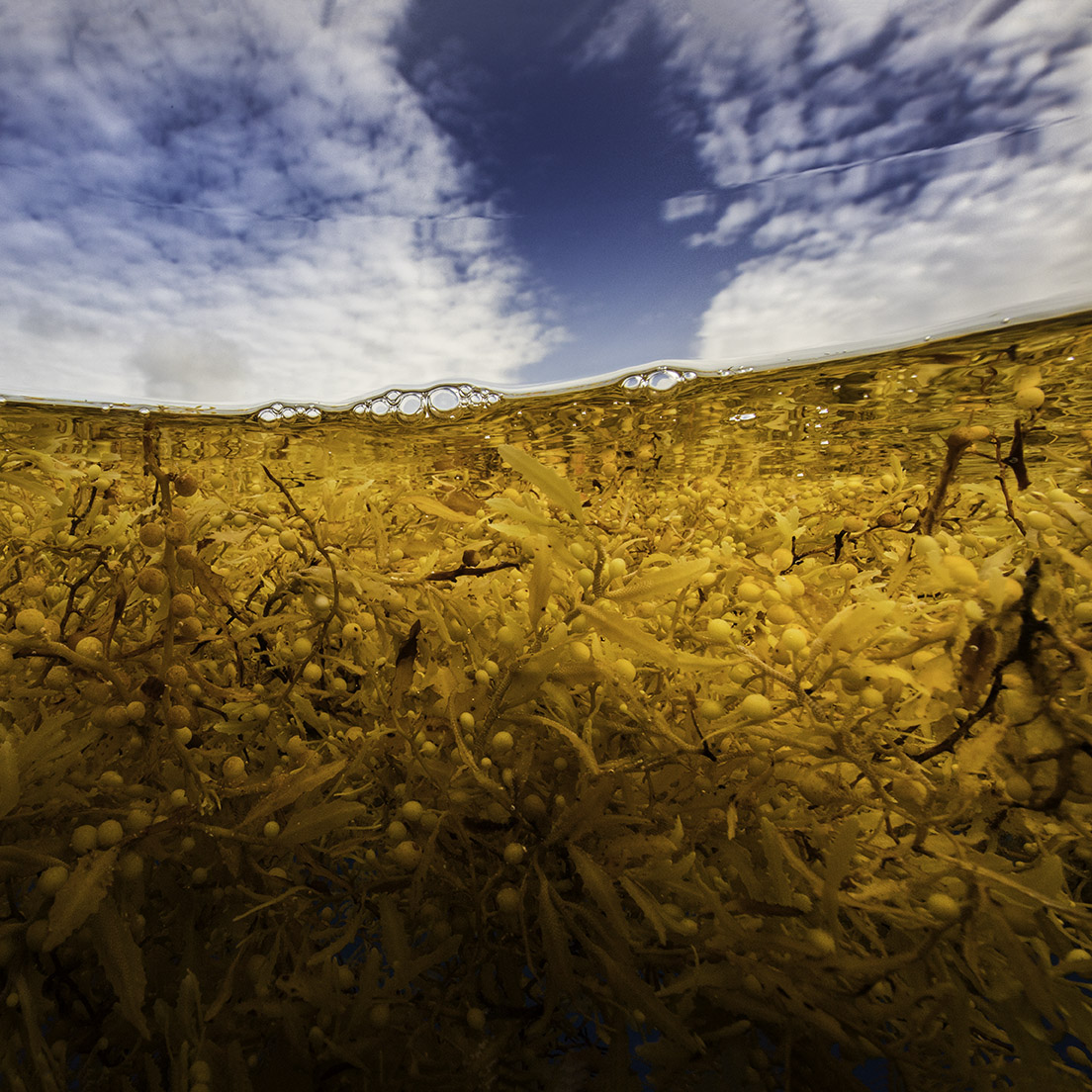
The mystery of the Sargasso
During his voyage to the New World, Christopher Columbus described these brown algae near the Bermuda archipelago, which later gave their name to the Sargasso Sea.
Simultaneously with the massive strandings observed since 2011, satellite imagery has revealed the new presence of Sargassum in the North Equatorial Current, forming what could be called a “new Sargasso Sea”.
What are the causes of this phenomenon?
And what are the consequences for pelagic life in the ocean?
These are the two main questions the team led by Thomas Changeux aims to answer.
Location
Three questions for Thomas Changeux
Is there a solution to the Sargasso problem?
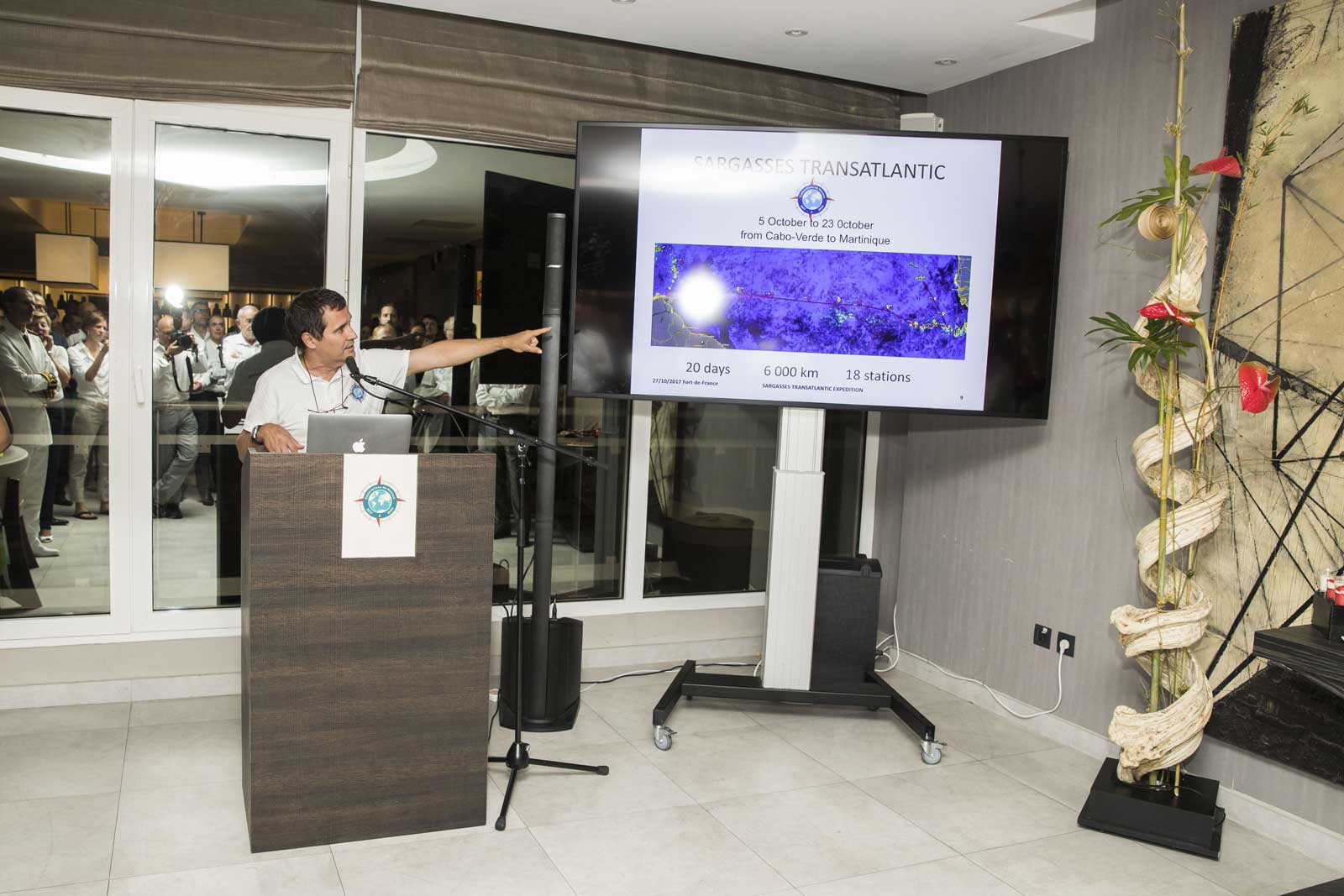
Why is sargassum a threat in the Caribbean?
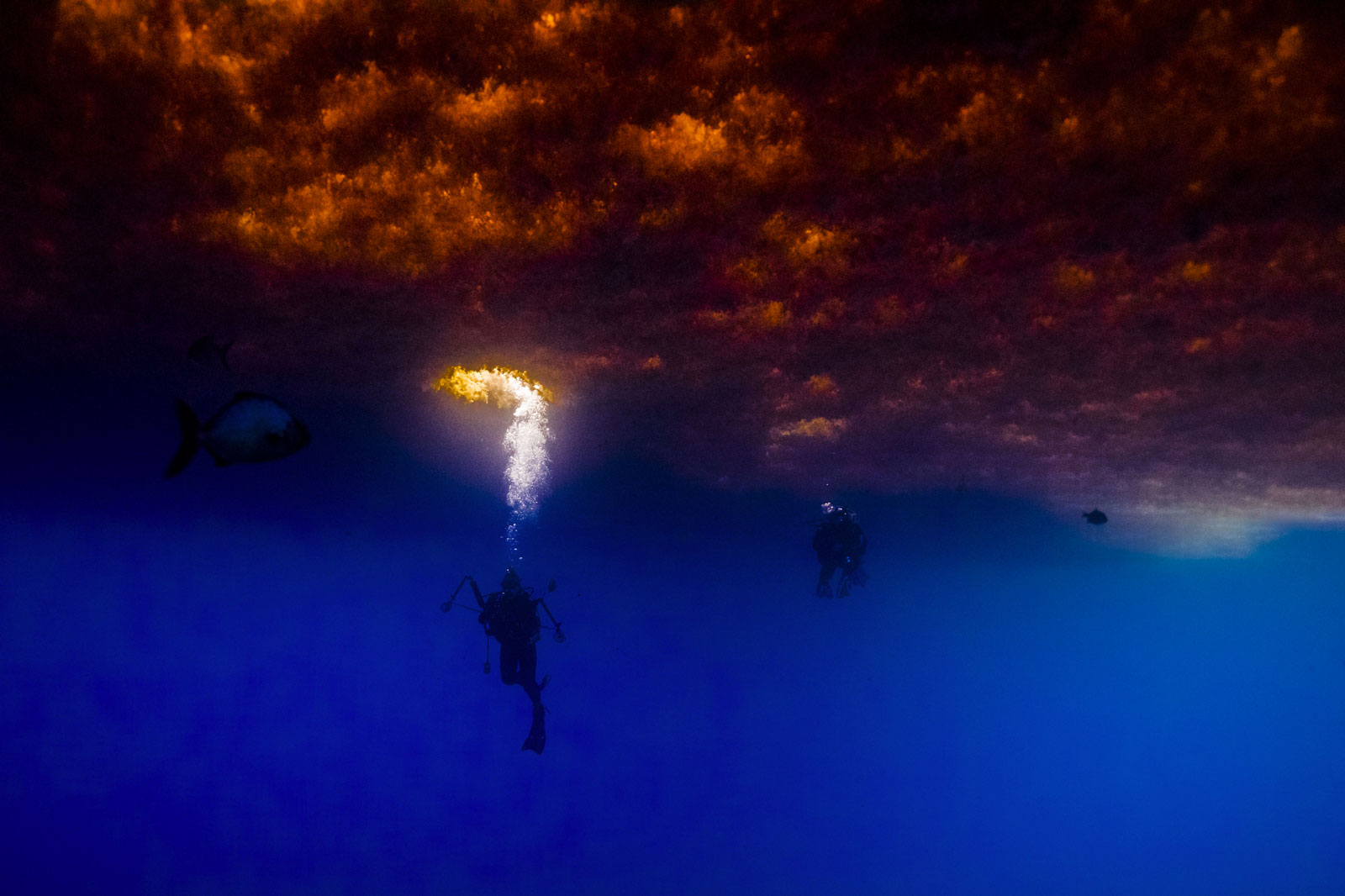
Do you know why the masses grow?
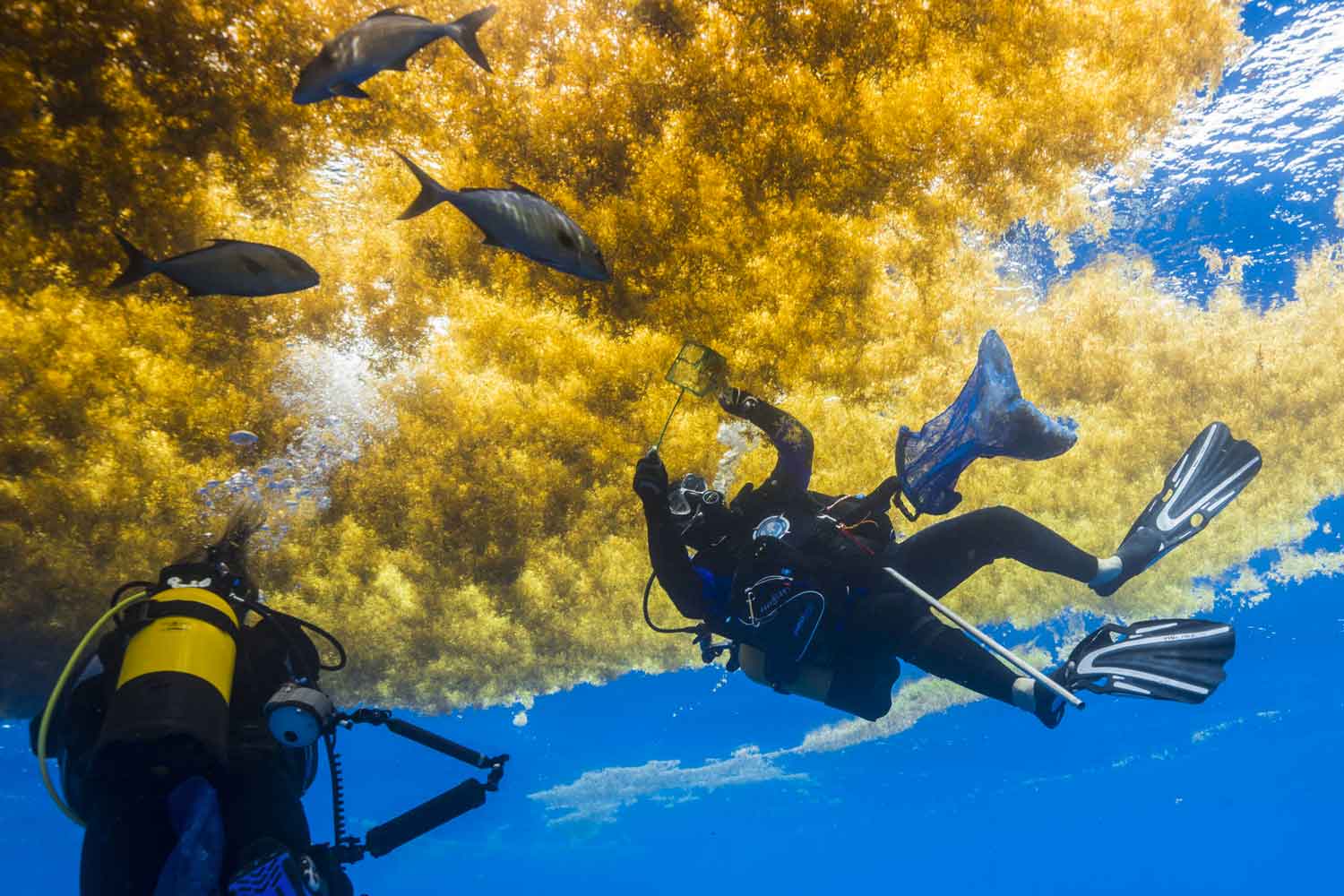
Laboratory work
Since their return from the mission, the scientists have been carrying out genetic analyses of the samples collected, in order to identify the three different morphological forms of sargassum found during the mission and thus better understand the phenomenon of multiplication.
Thomas Changeux laboratory work ©O.Borde Explorations de Monaco
AN EXHIBITION
A photographic exhibition retracing the highlights of the mission is available.
It comprises 12 110x110cm panels and 8 110x165cm panels.
Since October 2019, it has been on display in the MOI lobby, where it can be viewed by Institute students.
Masked madman ©Guillemain
Fou Brun ©Sandrine Ruitton
Fin whale ©Sandrine Ruitton
Observation of animals in the open sea
A transatlantic crossing allows us to meet many animals.
Discover the species encountered by our scientists
An entire ecosystem to study
18 stations were set up during the Atlantic crossing, with samples of fish, zooplankton, sargassum, etc. taken at each stop.
These analyses will enable us to gain a better understanding of the ecosystem as a whole, and to determine whether it is influenced by strictly oceanic inputs or also by inputs from major rivers such as the Amazon or others.
Further research
Thomas Changeux has received funding from the French National Research Agency (ANR) to continue the program and analyze the results of the first two campaigns.
©O.Borde
Photo gallery
©O.Borde
©O.Borde
©O.Borde
©O.Borde
©O.Borde
©O.Borde
©O.Borde
The eight scientists on board during the mission
- Thomas CHANGEUX, research engineer, IRD, mission leader – diver – macro-organism sampling
- Sandrine RUITTON, lecturer, AMU, dive leader – diver – macro and micro-organism sampling – filtration – images
- Natascha SCHMIDT, PhD student, AMU – sampling, plastics
- Sophie GUASCO, microbiology specialist, CNRS – microorganism sampling, filtration
- Anouck ODY, post-doc, IRD – remote sensing, satellite image analysis, spectral measurements
- Hubert BATAILLE, diver, IRD – photography, macro and micro-organism sampling,
- Dorian GUILLEMAIN, biologist, diver, CNRS – macro and micro-organism sampling
- Vincent FAUVELLE, post-doc, AMU – chemist, contaminants extraction
AMU: Aix Marseille University.
IRD: Institut de recherche pour le développement